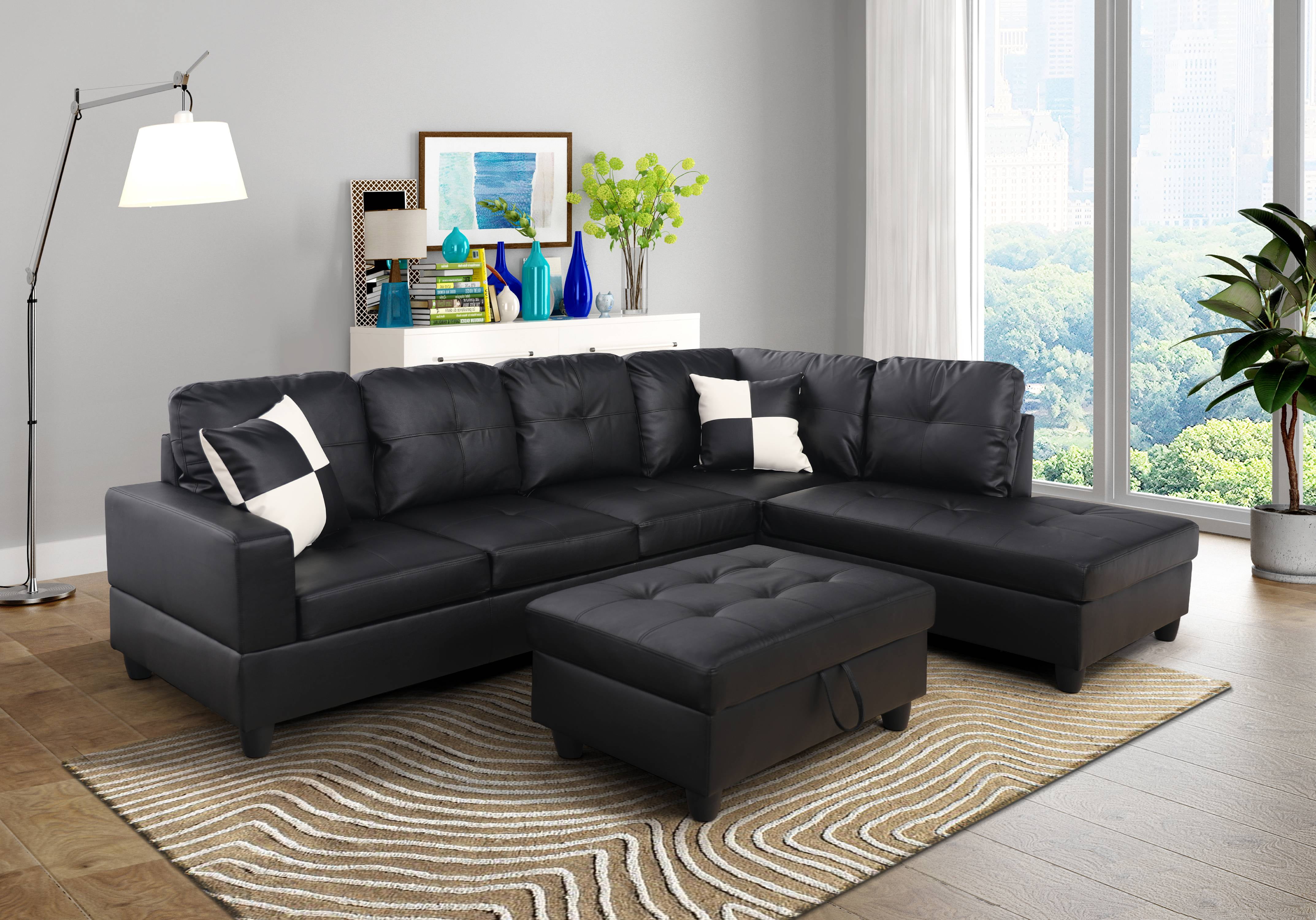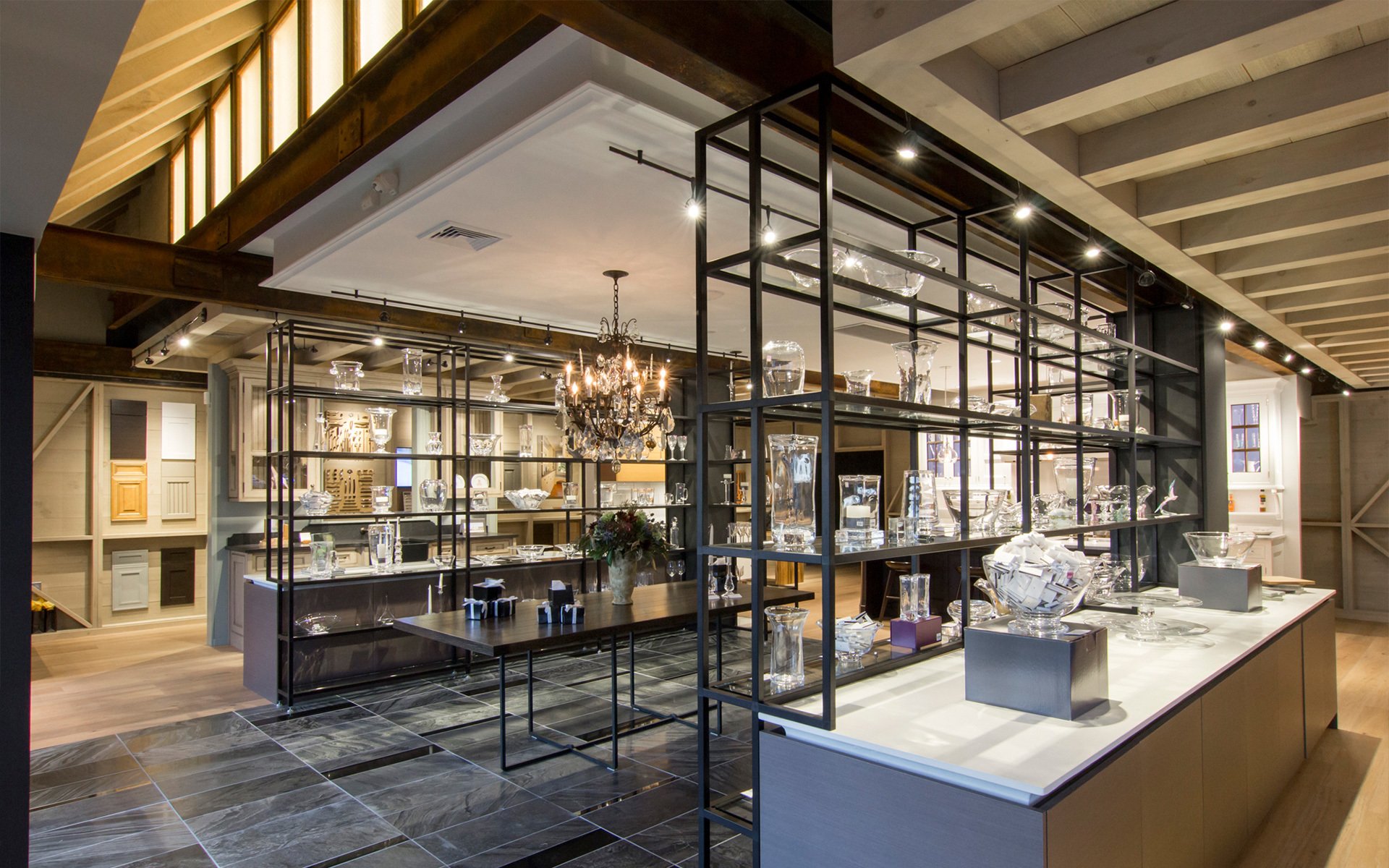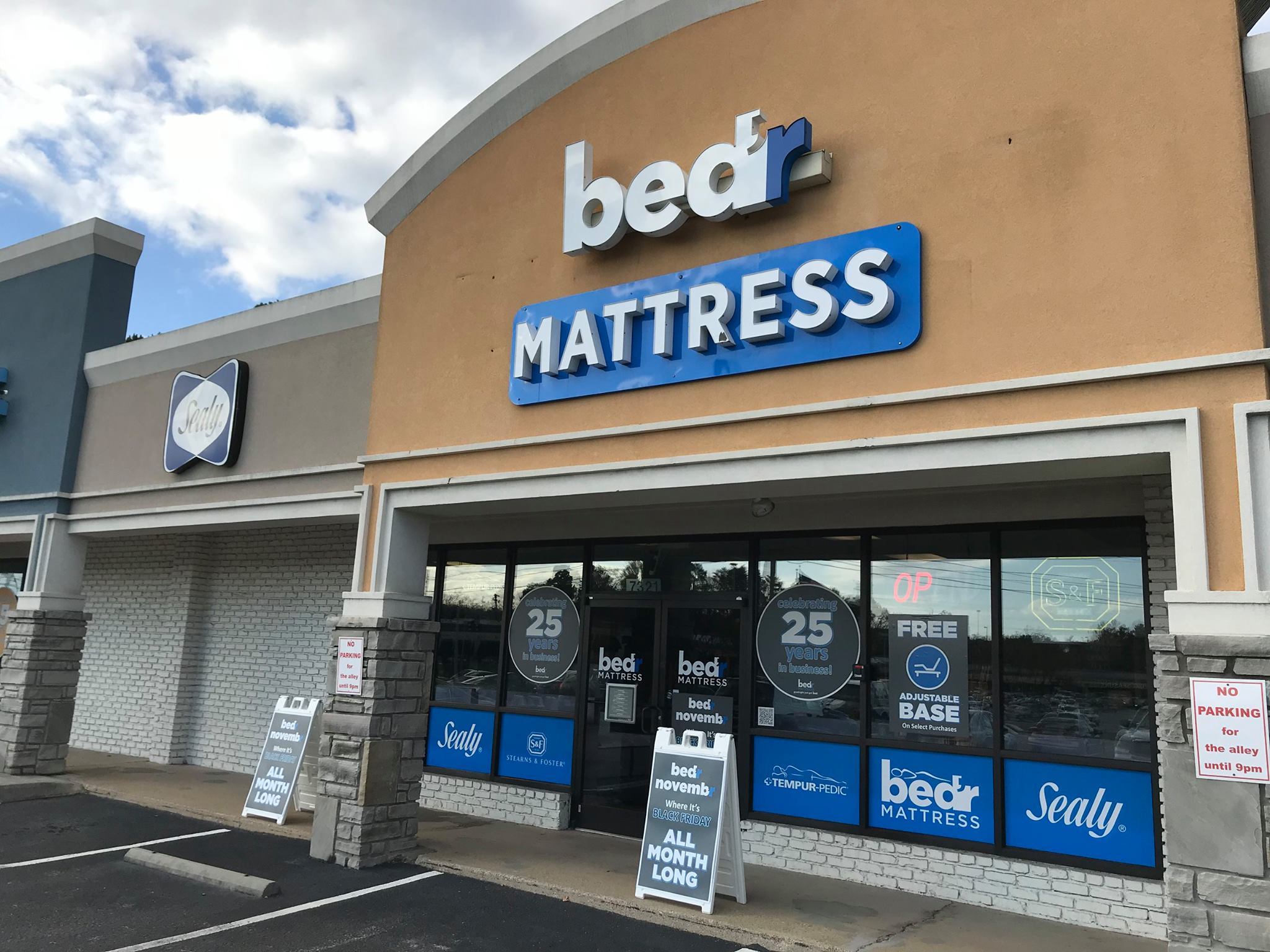Low energy future houses are designed to significantly reduce energy consumption, both in terms of running costs and environmental impact. This can be achieved by incorporating green building materials, high levels of insulation, and using renewable energy sources such as solar and wind. By utilizing low energy techniques, homeowners can benefit from lower bills and improved energy efficiency. Low energy future house designs should also take into account the sustainability of the building materials used, as well as the potential for solar gain to reduce energy consumption. Elements such as low U-values, high levels of insulation, controlled ventilation, superior airtightness, and energy efficient lighting are just some of the low-energy building features that can help to reduce energy consumption. Incorporating a passive house design can also help to maximize natural light and promote better air circulation, further decreasing energy consumption. Furthermore, incorporating solar panels and other renewable energy sources can greatly improve the energy efficiency of a house, and significantly reduce energy bills. Low Energy Future House Designs
A passive house is a building designed to use minimal energy to remain comfortable throughout the year without relying on air heating or cooling. A passive house design works by optimizing the thermal insulation of the building’s fabric, providing superior airtightness, and implementing a heat recovery system. Within passive house design, the building balances energy efficiency with the need for daylighting, natural ventilation, and character. Passive house designs can include a combination of insulated walls, triple glazed windows, and efficient lighting. Combining passive house principles with sustainable construction materials such as wood and stone can also help to reduce energy bills.Passive House Designs
Solar house designs use the sun’s energy to produce electricity, power heating systems, and generate hot water. Incorporating solar panels into a home design can significantly reduce your energy bills and carbon footprint. Solar house designs are particularly suited to new build properties due to the amount of space available, as well as those that are undergoing major renovations. Depending on the amount of space available and your energy needs, it is possible to create a net-zero home with solar design. This means that more energy is generated than consumed, offsetting bills and eliminating the need for an external energy source. Additionally, solar house designs can be used to create an off-grid home, or a home with a very small energy footprint.Solar House Designs
A net-zero home is a home that produces more energy than it consumes, at least over the course of the year. Achieving a net-zero energy balance is possible by combining energy efficient construction techniques with renewable sources such as solar and wind. A net-zero home must still be fitted with all the necessary systems and components for running a modern day home, but the use of these systems needs to be carefully balanced with energy production. In order to achieve a net-zero energy balance, the home should be built to the most energy efficient standards available. Additionally, renewable energy sources such as solar and wind must be incorporated into the design and construction of the home. Furthermore, it is important for a net-zero home design to consider the eventual maintenance costs.Net-Zero Home Design
Off-grid home designs incorporate green energy sources such as solar, wind, and geothermal energy. An off-grid home is not connected to any utility grid and relies on renewable energy sources for running electricity, heating, hot water, and any other home appliances. The main benefit of an off-grid home design is that it requires no utility connections and is therefore largely maintenance free. Additionally, it is better for the environment because it relies on renewable energy sources, instead of costly non-renewable energy sources. Finally, it is more cost effective than a connected home, as it can save on utility bills and energy costs.Off-Grid Home Design
Sustainable home designs take into account all aspects of a home's design and construction, from the materials used, to the energy efficiency of the building, to the eventual maintenance costs of the property. Sustainable home designs should be long lasting, protecting against the elements, and reducing waste. LEED Certified homes are homes that adhere to certain sustainability standards set forth by the US Green Building Council. LEED certified homes are designed to use less energy, incorporate renewable energy sources, and use non-toxic building materials. Additionally, LEED certified homes should be designed to withstand the elements, reducing the need for costly damage repairs. Sustainable Home Design
Prefab home designs involve the construction of homes offsite in factories. These homes are then transported to the building site and constructed in much less time than traditional homes. Prefab homes can also be customized to match the customer’s needs, such as adding in extra rooms or making alterations to the design. The construction process of a prefab home is much quicker and more efficient than traditional construction. This is due to prefab home designs being crafted on flat, level surfaces which reduce the risk of costly building errors. Additionally, construction is often completed with fewer resources, resulting in fewer material wastage. Prefab Home Designs
Tiny home designs are growing in popularity due to their compact size, affordability, and minimal impact on the environment. Tiny home designs are typically built on movable foundations such as trailers, which makes them perfect for nomadic lifestyles. Tiny home designs aim to maximize living space while minimizing energy consumption. This is achieved by using efficient heating and cooling systems, incorporating solar panels and/or wind turbines, and using efficient lighting and appliances. Additionally, materials such as wood and stone are often employed, which help to insulate the home from the elements and provide a natural aesthetic.Tiny Home Designs
Energy efficient home designs represent a compromise between desirable features such as modern comforts and green alternatives such as renewable energy sources and sustainable building materials. Energy efficient home designs incorporate elements such as triple-glazed windows, efficient heating and cooling systems, and advanced airtightness technology in order to reduce energy consumption. Additionally, renewable energy sources such as solar and wind can be incorporated into the design, helping to reduce energy bills significantly. Furthermore, energy efficient home designs should utilize eco-friendly construction materials, such as recycled building materials, sustainable wood, and stones that don’t require additional energy to be created.Energy Efficient Home Designs
An eco-friendly home design goes beyond just energy efficiency, and focuses on decreasing the environmental impact of a home. This is achieved by utilizing sustainable building materials such as bamboo, recycled plastic, and eco-friendly insulation. Additionally, renewable energy sources such as solar and wind can be utilized to generate energy, reducing the need for conventional energy sources. An eco-friendly home design should also be designed to make the most of natural ventilation and daylighting, reducing energy needs and increasing the reliance on natural resources. Additionally, eco-friendly home designs should incorporate water-wise fixtures and appliances, and use non-toxic building materials.Eco-Friendly Home Designs
Low Energy Future House Design
 The concept of a
low energy future house
is becoming increasingly popular, as people become more aware of sustainability and the need to reduce the amount of energy we consume. A low energy future house design can help reduce your energy bill, reduce your carbon footprint, and help create a healthier home environment. This type of design typically focuses on energy efficiency and reducing energy consumption while still creating a comfortable and attractive living space.
The concept of a
low energy future house
is becoming increasingly popular, as people become more aware of sustainability and the need to reduce the amount of energy we consume. A low energy future house design can help reduce your energy bill, reduce your carbon footprint, and help create a healthier home environment. This type of design typically focuses on energy efficiency and reducing energy consumption while still creating a comfortable and attractive living space.
Design Factors
 When designing a low energy future house, the most important consideration is energy efficiency. This includes everything from the type of insulation used to the design of the windows and doors. Additionally, when selecting materials for the construction of the house, look for materials that are low in embodied energy or made from recycled materials. Small design features such as window placement, ceiling height, and wall thickness all contribute to making a home energy efficient as well.
When designing a low energy future house, the most important consideration is energy efficiency. This includes everything from the type of insulation used to the design of the windows and doors. Additionally, when selecting materials for the construction of the house, look for materials that are low in embodied energy or made from recycled materials. Small design features such as window placement, ceiling height, and wall thickness all contribute to making a home energy efficient as well.
Energy Conservation Strategies
 Another key consideration is to incorporate a variety of energy conservation strategies. This could include the use of passive solar design, insulation, and the installation of energy efficient appliances. Additionally, the installation of energy efficient light fixtures, LED lighting, and using natural lighting will help reduce electricity use. Making use of natural ventilation systems and fitting an energy efficient heating, ventilation, and air conditioning system can further boost energy efficiency.
Another key consideration is to incorporate a variety of energy conservation strategies. This could include the use of passive solar design, insulation, and the installation of energy efficient appliances. Additionally, the installation of energy efficient light fixtures, LED lighting, and using natural lighting will help reduce electricity use. Making use of natural ventilation systems and fitting an energy efficient heating, ventilation, and air conditioning system can further boost energy efficiency.
Interior Design Tricks
 Interior design can play a big role in energy efficiency. The placement of furniture and other items helps create a comfortable atmosphere while also not obstructing airflow. Dark colors can also absorb more heat, so consider lighter colors for the walls, furniture, and fabrics to maintain a cooler temperature. In addition, adding elements of nature such as plants or natural wood floors can help add to the energy efficiency of the house.
Interior design can play a big role in energy efficiency. The placement of furniture and other items helps create a comfortable atmosphere while also not obstructing airflow. Dark colors can also absorb more heat, so consider lighter colors for the walls, furniture, and fabrics to maintain a cooler temperature. In addition, adding elements of nature such as plants or natural wood floors can help add to the energy efficiency of the house.
Financing
 Finally, it is important to consider financing options when designing your low energy future house. In most cases, you can get grants, discounts, subsidies, or loans from the government or private organizations to help finance your project. Additionally, there are a wide variety of ethical investments and green energy funds that can help you fund your low energy future house.
Finally, it is important to consider financing options when designing your low energy future house. In most cases, you can get grants, discounts, subsidies, or loans from the government or private organizations to help finance your project. Additionally, there are a wide variety of ethical investments and green energy funds that can help you fund your low energy future house.
Conclusion
 Designing a low energy future house is an important step towards creating a more sustainable future. By considering the various design factors, energy conservation strategies, and interior design tricks, you can create an energy efficient and attractive home. Additionally, there are various financing options available so you can make your dream of a low energy future house a reality.
Designing a low energy future house is an important step towards creating a more sustainable future. By considering the various design factors, energy conservation strategies, and interior design tricks, you can create an energy efficient and attractive home. Additionally, there are various financing options available so you can make your dream of a low energy future house a reality.






























































































